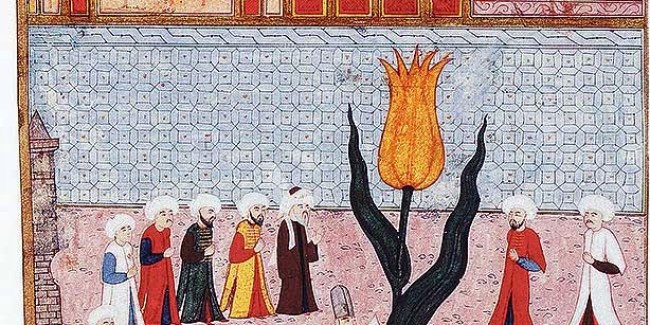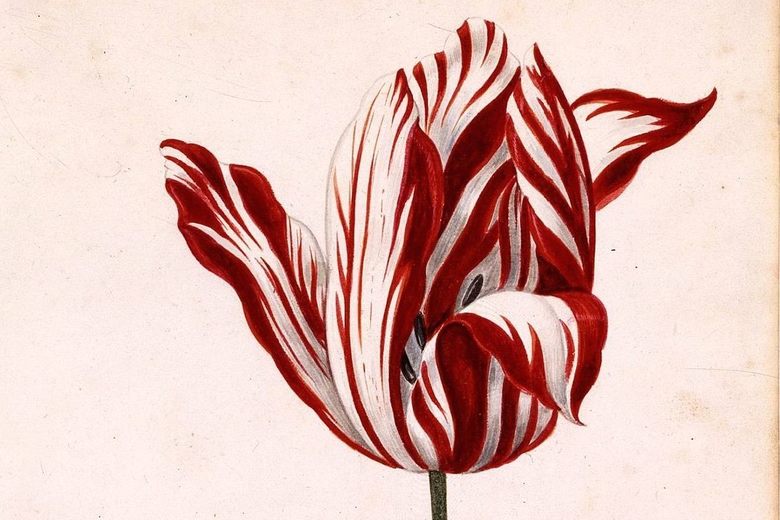It is believed to have been introduced to Europe in 1554, when an ambassador of the Holy Roman Emperor sent tulip bulbs and seeds to Vienna from the Ottoman Empire.







1/ An Allegory of Finance
— Sahil Bloom (@SahilBloom) July 18, 2020
I have been posting a lot of educational (and humorous!) threads on finance, money, and economics.
My mission is simple: to demystify these concepts and make them accessible to everyone.
All of the threads can be found below. Enjoy and please share!
Lifelong learning is a competitive advantage.
— Sahil Bloom (@SahilBloom) June 6, 2021
But contrary to what you\u2019ve been told, lifelong learners are built, not born.
THREAD: 20 lifelong learning habits you can start developing today.
1. Let's start option selling learning.
— Mitesh Patel (@Mitesh_Engr) February 10, 2019
Strangle selling. ( I am doing mostly in weekly Bank Nifty)
When to sell? When VIX is below 15
Assume spot is at 27500
Sell 27100 PE & 27900 CE
say premium for both 50-50
If bank nifty will move in narrow range u will get profit from both.
Few are selling 20-25 Rs positional option selling course.
— Mitesh Patel (@Mitesh_Engr) November 3, 2019
Nothing big deal in that.
For selling weekly option just identify last week low and high.
Now from that low and high keep 1-1.5% distance from strike.
And sell option on both side.
1/n
Sold 29200 put and 30500 call
— Mitesh Patel (@Mitesh_Engr) April 12, 2019
Used 20% capital@44 each
Already giving more than 2% return in a week. Now I will prefer to sell 32500 call at 74 to make it strangle in equal ratio.
— Mitesh Patel (@Mitesh_Engr) February 7, 2020
To all. This is free learning for you. How to play option to make consistent return.
Stay tuned and learn it here free of cost. https://t.co/7J7LC86oW0